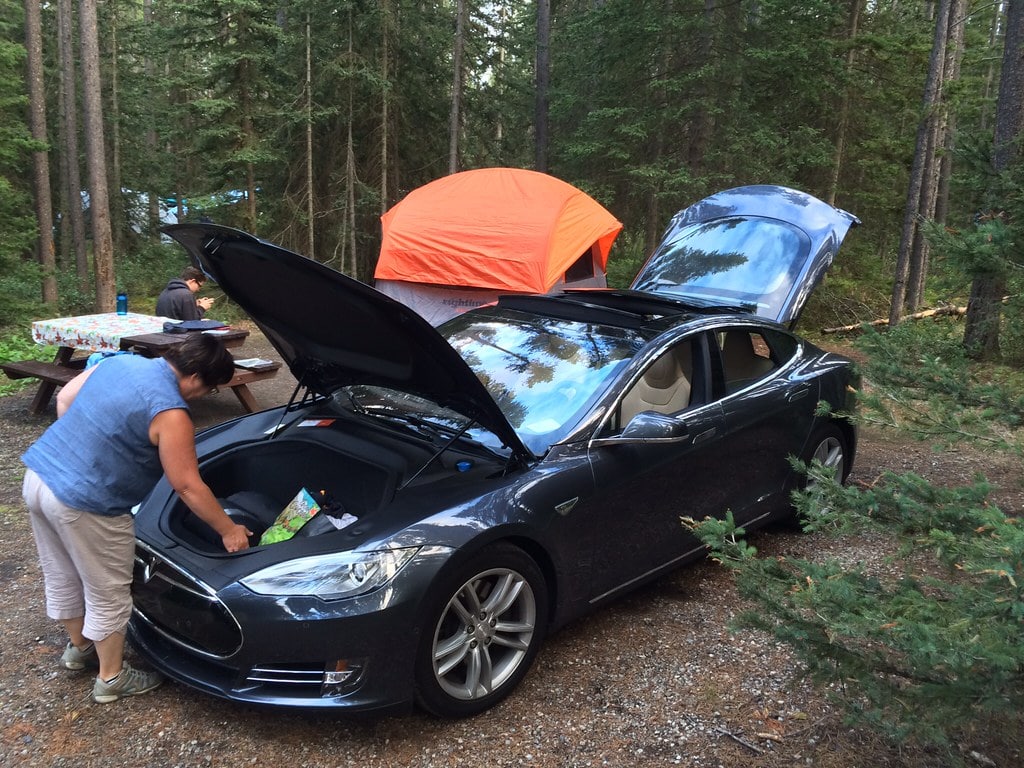
Photo by anisoboy licensed under CC BY-SA 2.0. Rechargd.com is reader supported. We may collect a share of sales or other compensation from the links on this page. As an Amazon Associate, we earn from qualifying purchases.
Heard that EVs require more maintenance? Wondering whether this is true?
In short, no electric cars do not require more maintenance. With fewer moving parts and the absence of most liquids present in an ICE, EV maintenance is much simpler than an ICE. However, there are a number of simple tasks that do need to be carried out by EV owners.
On the downside, any major service step – which cannot be done by an owner for an EV – will involve going back to the EV manufacturer to ensure the steps are carried out correctly and to maintain the validity of warranties.
What’s Easier, ICE or EV Car Maintenance?
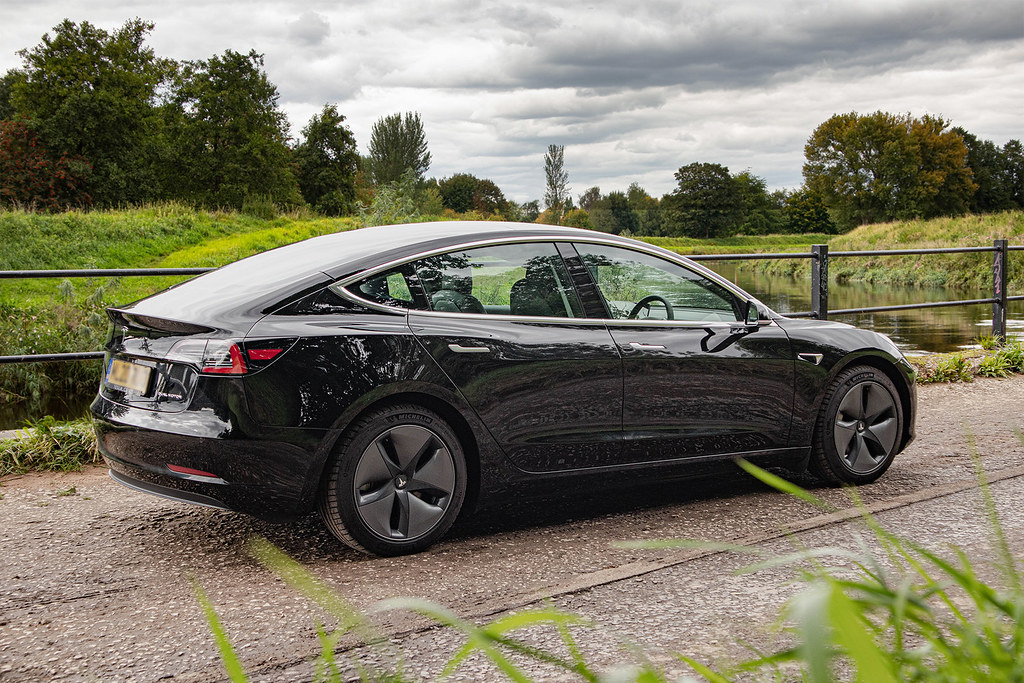
Any car owner will tell you that to keep their car on the road, regular steps need to be taken to keep it running well. These steps can often be done by an owner themselves, but oftentimes it involves a trip to the garage.
As well as cleaning and keeping the fuel tank full, owners can do basic service maintenance jobs such as checking engine oil levels, possible change of oil filters, and changing items such as windscreen wiper blades which need to be done sporadically.
Some owners may even be able to do things like changing brake pads and rotors and replacing tires themselves.
Conventional cars also need more technically demanding transmission-focused maintenance every 100,000 km or so. These include replacing the clutch, possible gearbox replacement in newer vehicles and swapping out of ABS systems if these fail. It is unlikely that these jobs will be done by anyone else than a professional mechanic.
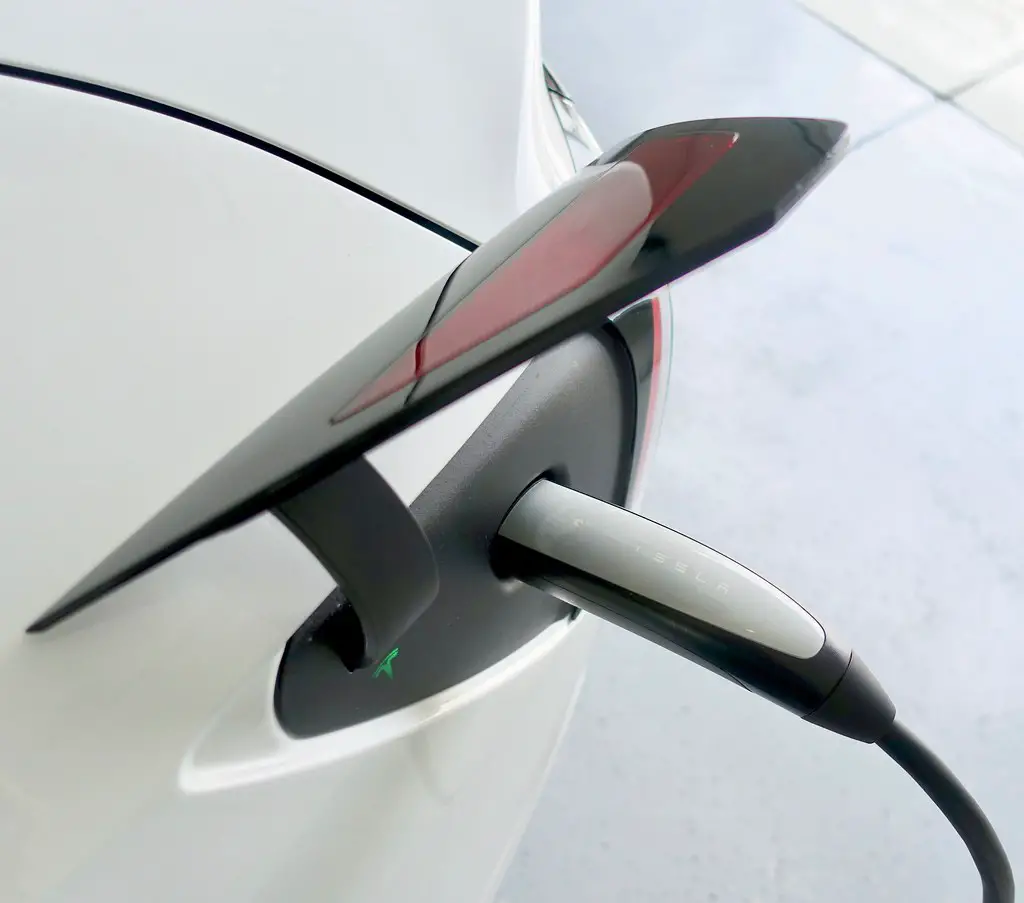
EV Vs ICE Engine Repairs
Then there are of course the more drastic repairs that may need doing such as changing of the car head gasket. This is the seal between the top and bottom half of the engine which can blow out if the engine pressure gets too high.
This is a major engine failure causing black smoke to pour out of the car bonnet and exhaust. It can be repaired, but is costly and can render some cars uneconomical to keep on the road.
ICEs also sometimes need their distribution and timing recalibrated. This is something that requires a great deal of technical expertise. It controls the timing of the electrical sparks which fire into the car cylinders which happens a number of times in a single second.
Sometimes ICE timing goes out of synchronization with piston movement and needs to be corrected. This is costly and can cause other parts of the engine to fail if not looked at within a short space of time.
Do EVs Need Regular Maintenace?
EVs have far fewer moving parts and no liquids and therefore require less maintenance. Owners don’t need to worry about checking engine oil levels as there is no engine oil. There is also therefore no oil filter to change every 10,000 km or so.
Replacing windscreen wiper blades is an unavoidable part of owning a vehicle and this step stands for EV and ICE owners alike.
EVs have much simpler transmission and therefore do not require the replacement of transmission sections during the course of the car’s life. There is no clutch to speak of, and very few EVs even have a gearbox with more than one gear.
EV owners therefore need not worry about the gearbox failing when the car reaches a certain age. There is also no risk of engine failures such as a blown head gasket or issues of timing and distribution as EVs do not have gaskets or timing issues.
What Maintenance Do EVs Need?
As mentioned already, any car EV or otherwise requires the changing of consumable car parts such as windscreen wiper blades. This is unavoidable but can be done by most owners.
Given the specifics of EV technology, EV manufacturers insist that owners conform to periodic service steps. This is both to ensure the safe operation of the car and to ensure that the EV warranty remains intact. Many EV manufacturers will void a car warranty if these steps are not complied with.
1. Tire Rotation
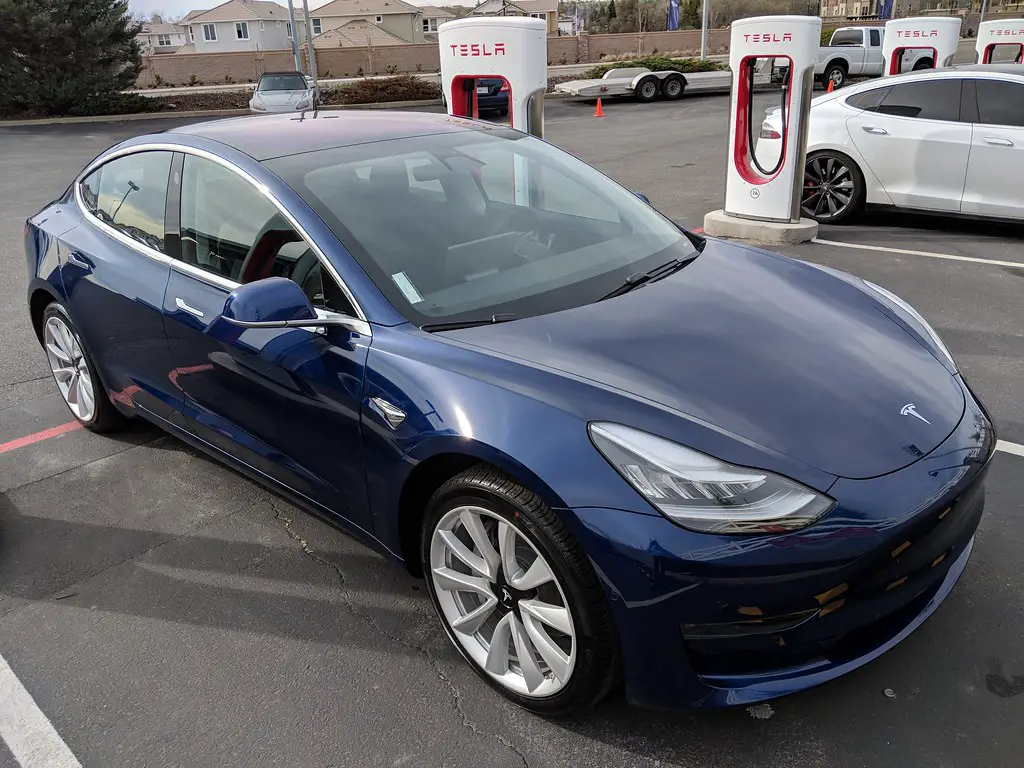
The most important EV service step is tire rotation. This is to ensure even wear over the course of tires’ lives.
The tires on any non-AWD or non-4WD vehicle wear unevenly. The tires on the drive wheels (front and back) will wear more quickly than those on the opposing axle. On an EV, this issue is intensified by the heavier weight of EVs compared to ICEs and the faster acceleration. EVs tend to weigh about 20-30% more than their ICE equivalents, and this added weight wears out drive-wheel tires at a faster pace. EVs also have maximum torque from starting speed, whilst ICEs have their maximum torques at higher speeds. This fast acceleration in EVs also causes tyres to wear more quickly.
EV manufacturers, therefore, insist that owners rotate their tires after about 5,000 miles. It is a simple case of swapping the front and back tires and should be something that you can do yourself.
It is also possible to reduce EV tire wear through driving style. These driving tips include reducing hard acceleration and being sure not to push too hard when going into corners unless necessary.
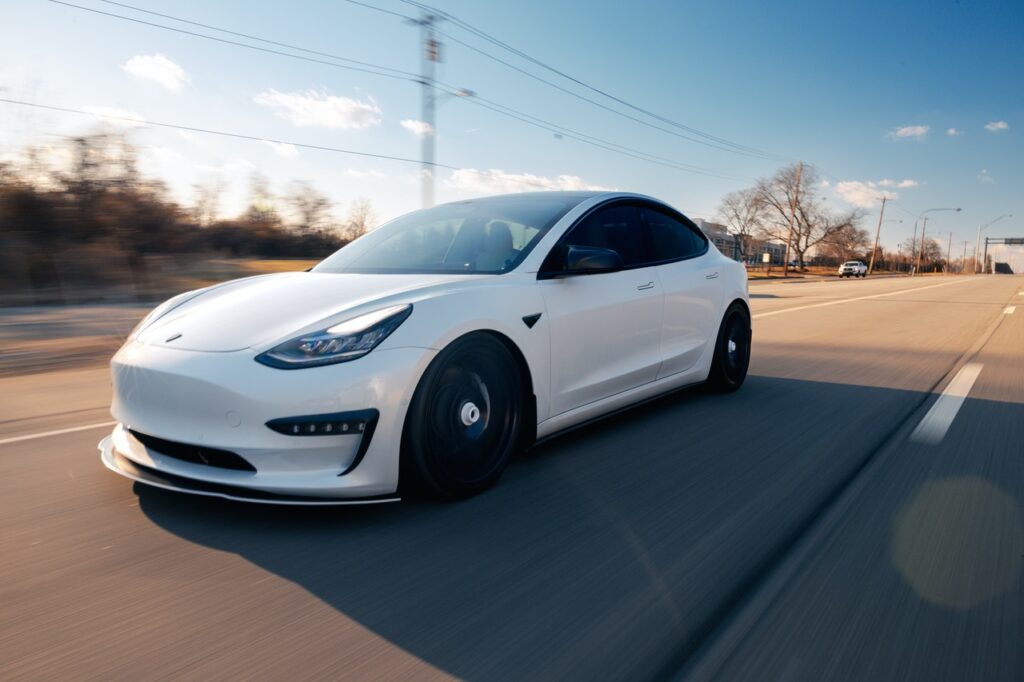
Another driving tip for extending tire life is to utilize apexing. This is done when cornering, and involves using the largest radius through a turn.
It can also involve turning more deeply into the inside of the radius of the corner in the first half of the turn and exiting the turn as far to the outside of the corner. This reduces the radius of the curve and reduces tire wear.
Regenerative braking can also be used to reduce tyre wear. Allowing energy from the brakes back to the motor reduces the amount of energy going to the tires, therefore, reducing wear. This also helps to provide a smoother deceleration.
2. Checking Coolant Levels
When rotating the tires, it is also time to check the coolant levels in the car. This includes the coolant levels for the battery pack, heater in the cabin, power inverter, charger modules, and any other levels in the car. This is easy to do and just involves checking the levels and topping them up if they’re low.
3. Visual checks
Again, when rotating the tires, EV owners are required to check the car for any leaking fluids and to inspect the brakes visually. It’s also necessary to inspect the car’s steering, chassis, drive shafts and suspension for any damage, or excessive wear.
The airbag system and accelerator pedal should also be checked for any damage. The date of tire sealant expiration should also be checked to ensure it hasn’t been overrun if installed.
4. Lubrication
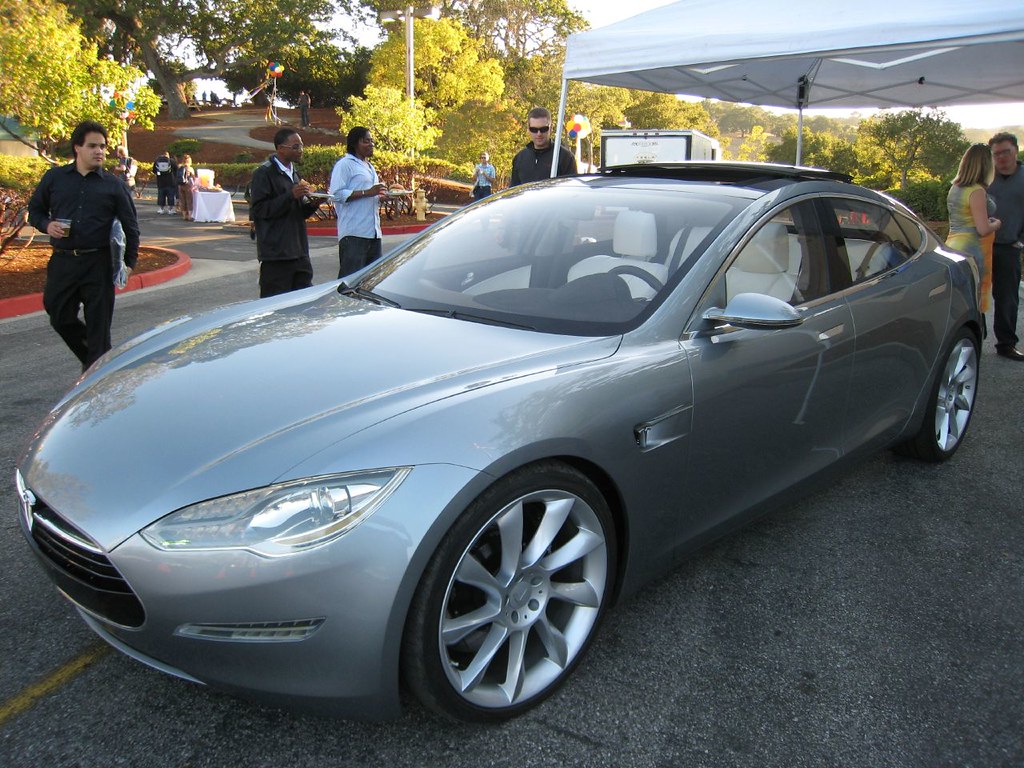
EV owners may be required to lubricate certain moving parts such as body components. This is usually the door locks and is an easy job to do.
5. Tire pressure
The heavier weight of EVs and the faster acceleration mean that tyre pressure is a more important factor in EV maintenance than it is in ICEs. Manufacturers recommend keeping a close eye on tire pressure, including ensuring that pressure between tire pressures is equal. This helps to preserve tire life and reduces EV maintenance.
6. Cabin air filter
Several EVs have cabin HEPA filters to reduce dust and pollen in the car cabin. This is the same as many conventional cars. In a conventional car, the HEPA filter cleans the air coming in from the engine for heat. In an EV, the air comes from the outside.
In an EV, a HEPA filter needs to be replaced about once every two years. Replacing the HEPA filter in an EV is particularly important. A blocked HEPA filter in an EV can create excess energy demands on the battery reducing range.
7. Cleaning underside of car
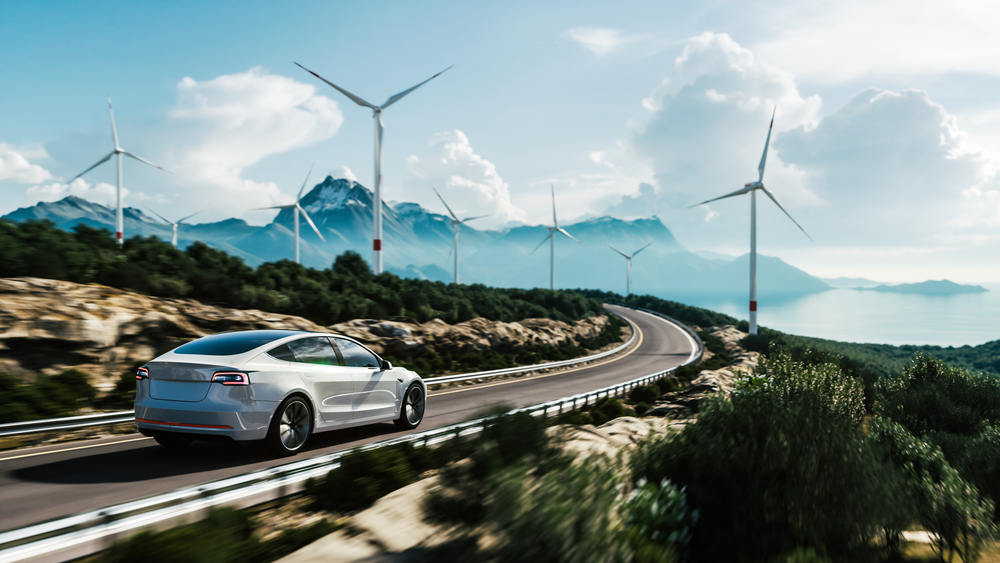
At least twice a year, it is necessary for owners to flush any materials from the underneath of the car using water from a hose. This is to remove any corrosive materials such as salt which may have collected under the car. This is to protect the housing material on the underside of the car which protects the battery.
8. AC desiccant
The desiccant in the air conditioning system needs to be changed every few years in an EV. This desiccant holds and traps moisture to reduce corrosion in the car, and needs replacing much like in a mobile air conditioning unit. This needs to be done by a professional technician and isn’t something you can do yourself.
9. Topping up wiper fluid
As in an ICE, the fluid to the windscreen wipers runs out and need to be replaced regularly. This can be done at home using wiper fluid and a plastic cone.
Maintenance Downsides of EVs
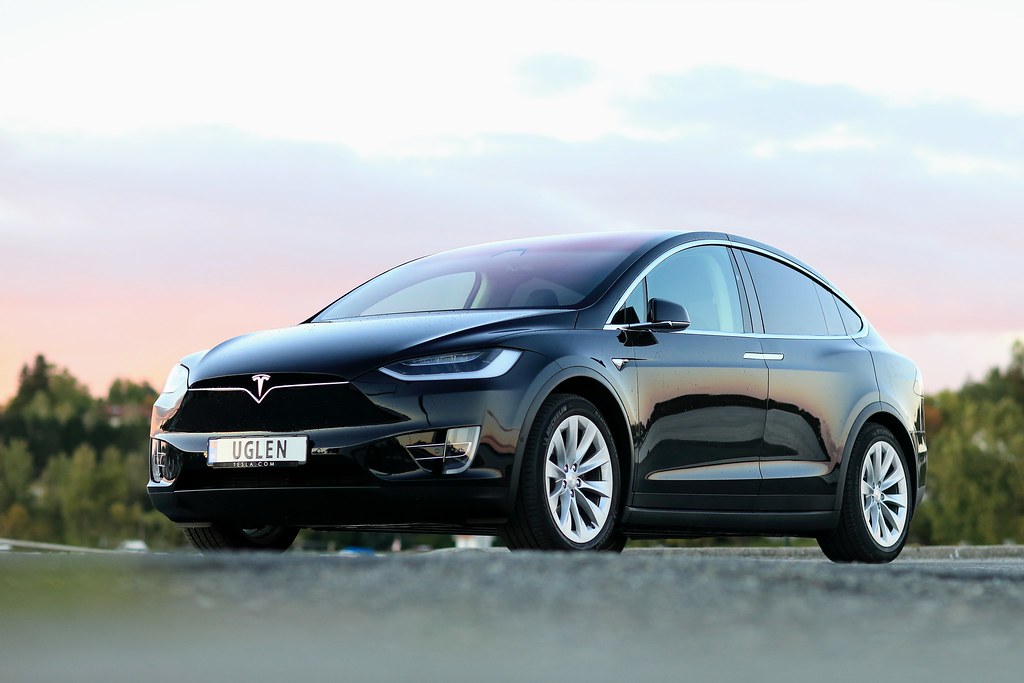
The service steps listed above can all be performed by owners. Other service steps need to be carried out by a trained professional. Due to the differences between EVs and ICEs, this usually means going back to the car dealer.
Few trained mechanics are equipped to do the service steps necessary on an EV.
This is a bit of a downside to owning an EV with respect to maintenance. These service steps need to be done, but they can only really be done by the car manufacturer. This means that services can be expensive, as the manufacturer can charge whatever price they see fit.
